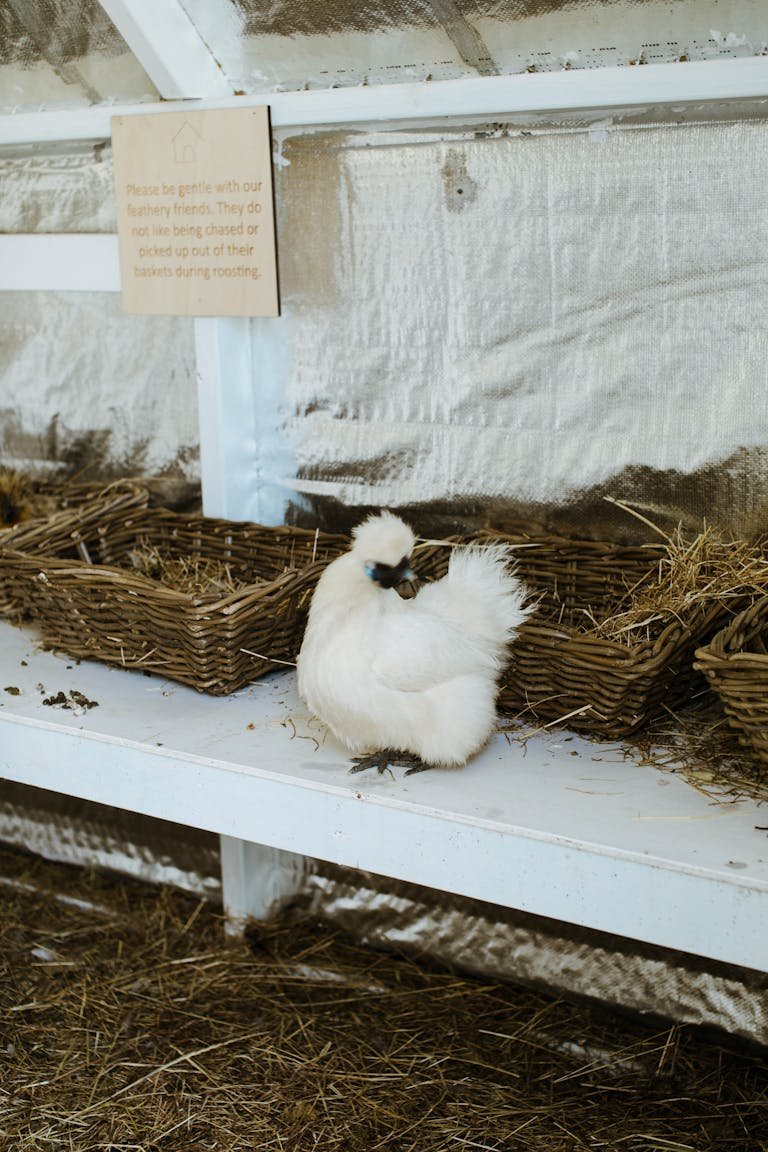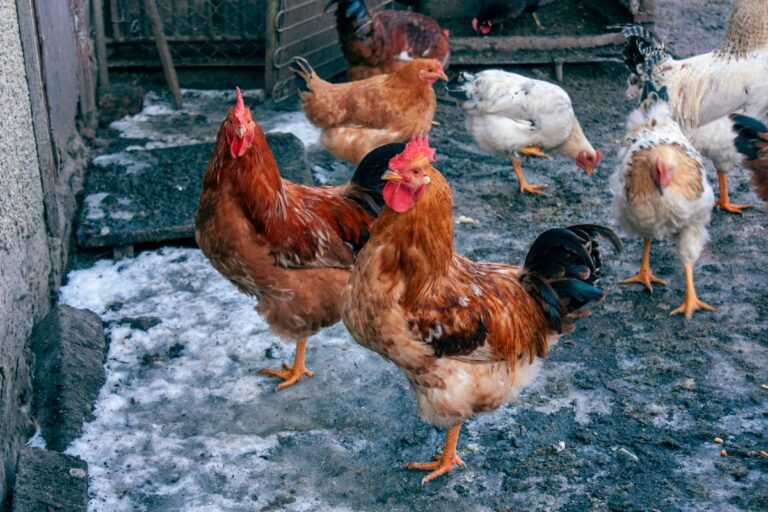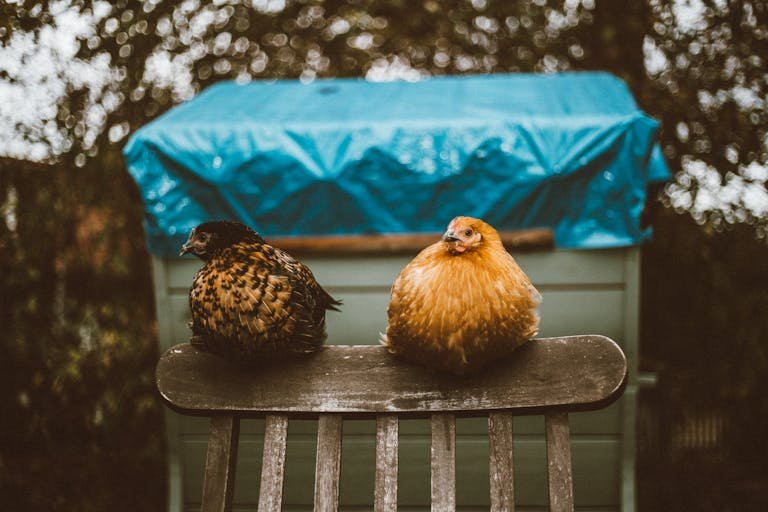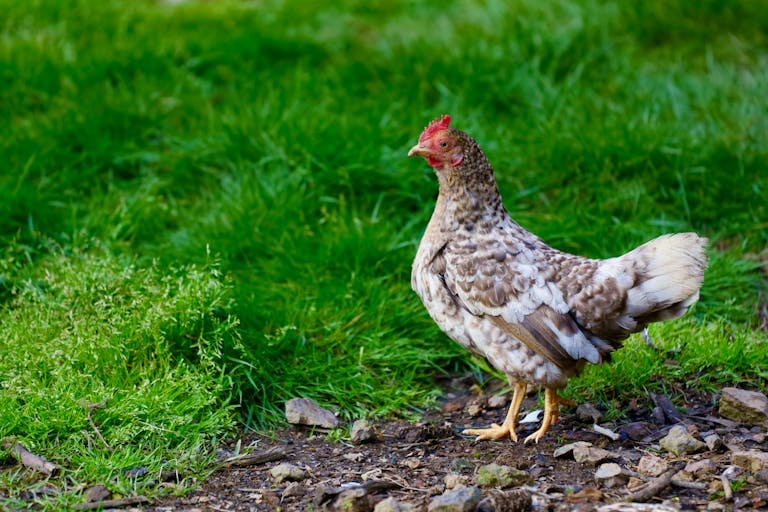Stop Your Broody Hen: Fast & Effective Tips
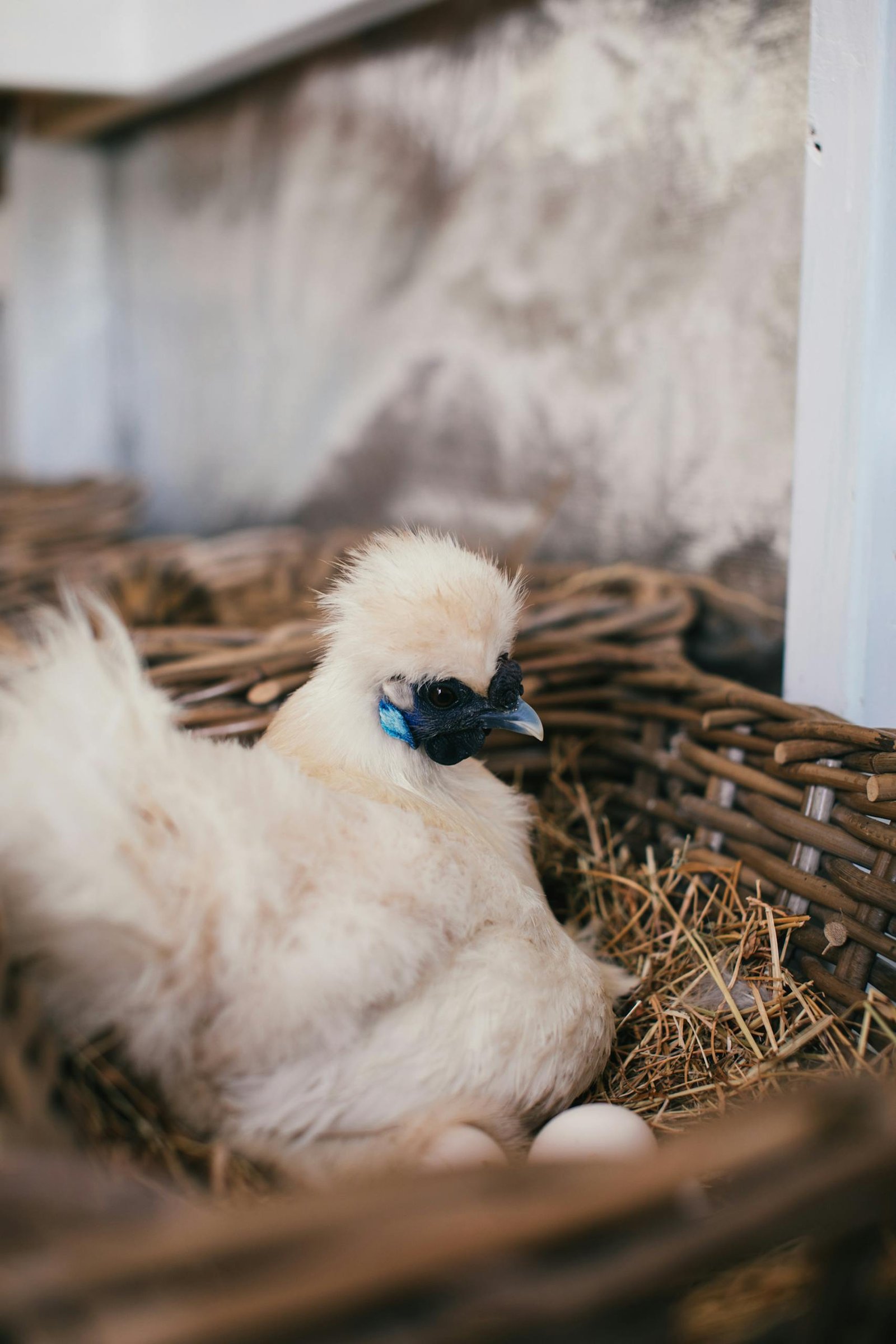
Broodiness is an instinct in hens, driven by their desire to hatch eggs and raise chicks. While this behavior is beneficial in a breeding program, it can be problematic for backyard poultry keepers who aren’t looking to expand their flock. A broody hen will often become moody, and aggressive, and neglect her normal egg-laying routine. Fortunately, there are several effective methods to help stop a broody hen.
In this guide, I will explain why hens become broody, how to identify this behavior, and most importantly, how you can successfully stop it.
Why Do Hens Become Broody?
Broodiness is a natural maternal instinct in hens, influenced by hormones that signal the hen to sit on a nest of eggs and incubate them until they hatch. This behavior is triggered by a combination of environmental factors and the hen’s biology. Some breeds, particularly those that are heritage or dual-purpose breeds (like Orpingtons, Cochins, and Silkies), are more prone to becoming broody. The process typically starts when a hen lays a clutch of eggs and begins sitting on them for extended periods.
Even if there are no fertilized eggs, a broody hen may still stay in the nest, convinced that she’s incubating future chicks. This behavior can last for weeks if not addressed, affecting the hen’s health and productivity.
Signs of a Broody Hen
Before you can stop broodiness, you need to identify if your hen is indeed broody. Here are some common signs:
- Extended time in the nest: A broody hen will remain in the nesting box for long periods, often refusing to leave for food or water.
- Fluffed feathers: A broody hen will puff up her feathers, making herself appear larger and more threatening.
- Aggression: Broody hens can become quite territorial, pecking at you or other hens when they approach the nest.
- Vocalization: Broody hens often make low, growling sounds when disturbed.
- Reduced egg production: The hen may stop laying eggs altogether, as her focus shifts to incubating the existing ones.
Once you’ve confirmed broodiness, you can take steps to address the issue.
Methods to Stop Broodiness
1. Remove the Eggs
One of the simplest ways to discourage broodiness is by consistently removing eggs from the nest. A broody hen is driven by the presence of eggs, so removing them regularly can help break her attachment to the nest.
How to Remove Eggs Effectively
- Consistency is Key: Check the nest boxes several times a day to ensure no eggs are left behind.
- Discourage Nesting: Remove nesting materials like straw or bedding from the box to make it less appealing. A bare nest can deter the hen from sitting.
Read Also: Long-Haired Wonders: Top 10 Chicken Breeds
2. Isolate the Hen
If removing eggs doesn’t work, isolating the broody hen can be an effective next step. Separation from the nest and other hens can disrupt her routine and help break the broody cycle.
Steps to Isolate a Broody Hen
- Set Up a Separate Coop: Place the broody hen in a small coop or cage away from the main flock. This new environment will break her nesting habits.
- Disrupt Routine: The change of scenery and absence of nesting options will encourage the hen to focus on other activities.
- Duration of Isolation: Keep her isolated for at least three days, checking periodically to see if her behavior has changed. If she resumes normal activities, you can reintroduce her to the flock.
3. Reduce Nest Comfort
A comfortable nest is a strong lure for a broody hen. Making the nest uncomfortable can discourage her from staying in the box.
How to Make the Nest Uncomfortable
- Hard Objects: Place a hard object like a rock or a piece of wood in the nest box. The discomfort will discourage the hen from settling in.
- Remove Soft Materials: Take out soft bedding materials. A nest without cushioning will make it less attractive for sitting.
4. Distract the Hen
Keeping the hen busy and distracted can help shift her focus away from brooding. Encouraging movement and engagement with the environment is key to this method.
Ways to Distract a Broody Hen
- Provide Entertainment: Offer the hen toys, mirrors, or hanging treats that will keep her occupied.
- Encourage Exploration: Let her explore a larger area or a new space. The novelty can break her fixation on nesting.
- Increase Socialization: Allow the hen to spend more time with the rest of the flock in open spaces where she can be active and engaged.
5. Cool Down the Hen
Broodiness is often associated with an increase in the hen’s body temperature. Cooling her down can help reset her hormonal drive to brood.
Methods to Cool Down a Broody Hen
- Frozen Water Bottles: Place a frozen water bottle or ice pack near the hen’s nest. The coolness will make the area less inviting.
- Shade and Ventilation: Ensure the hen has access to plenty of shade and fresh air. Avoid placing her in direct sunlight, which can increase her body heat and prolong broodiness.
6. Consider a Cold Water Bath
A cold water bath is often considered a last resort but can be effective if other methods fail. The sudden drop in temperature can shock the hen out of her broody state.
How to Administer a Cold Water Bath
- Prepare the Water: Use a shallow tub with cold water, ensuring it’s deep enough to wet her belly but not her head.
- Short Dips: Gently lower the hen into the water for a few seconds. Repeat this a couple of times, making sure she is calm throughout the process.
- Monitor the Hen: After the bath, monitor her closely. If she shows signs of stress, discontinue this method and try another.
7. Break the Routine with Food and Exercise
Changing the hen’s feeding routine and encouraging exercise can help disrupt her broody behavior. Increased physical activity and a shift in her daily schedule can reset her focus.
Strategies for Food and Exercise
- Feed at Different Times: Change the times when you feed your hens. This will alter her internal clock and daily rhythm.
- Scattering Treats: Spread treats or feed around the yard to encourage foraging behavior, which keeps the hen moving and distracted.
- Group Activities: Let the hens out as a group and encourage flock dynamics that draw the broody hen out of her trance-like state.
8. Limit Light Exposure
Broodiness is partly driven by light exposure. Reducing the amount of light the hen receives can help decrease her broody tendencies.
How to Reduce Light Exposure
- Darken the Coop: Use curtains or other coverings to reduce light in the coop, particularly where the broody hen nests.
- Shorten Daylight Hours: If possible, adjust the lighting to simulate shorter days, mimicking the natural decline in daylight that reduces breeding urges.
Read Also: Is That a Silkie Rooster?
Conclusion
In conclusion, managing a broody hen involves understanding her natural instincts and applying practical solutions to address the behavior. By recognizing signs of broodiness, such as prolonged nesting and aggression, you can implement strategies to break the cycle. Effective methods include regularly removing eggs, isolating the hen, making the nest less comfortable, and providing distractions. Additionally, cooling the hen and altering feeding routines can further help. By using these techniques, you can mitigate the impact of broodiness, ensuring the health and productivity of your flock while keeping your poultry management on track.

